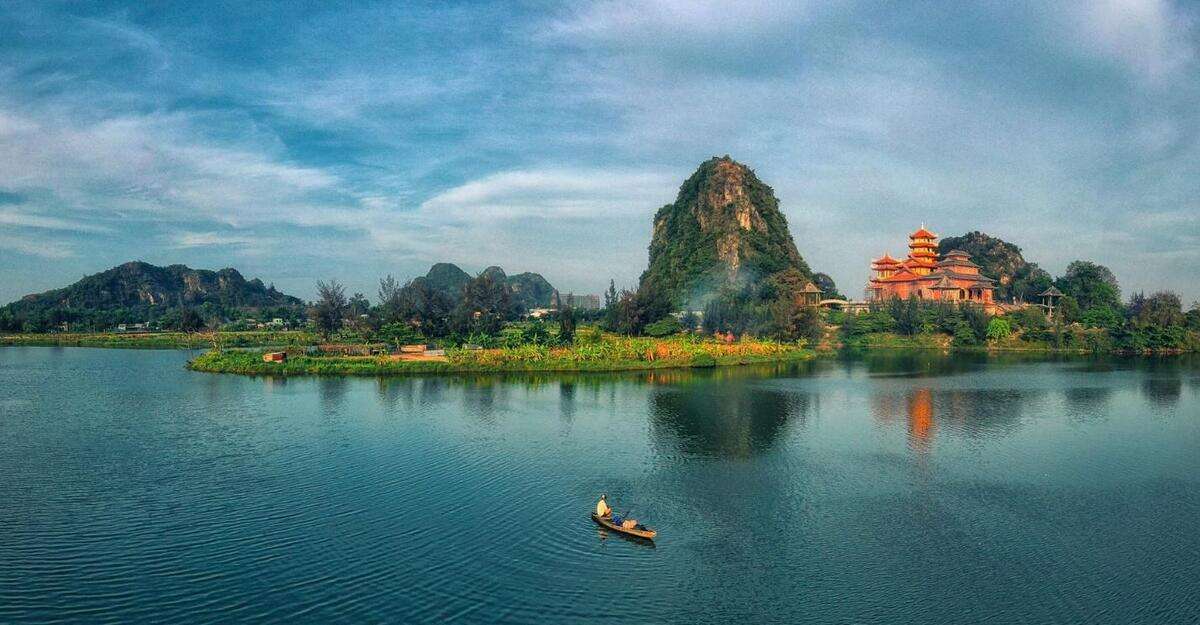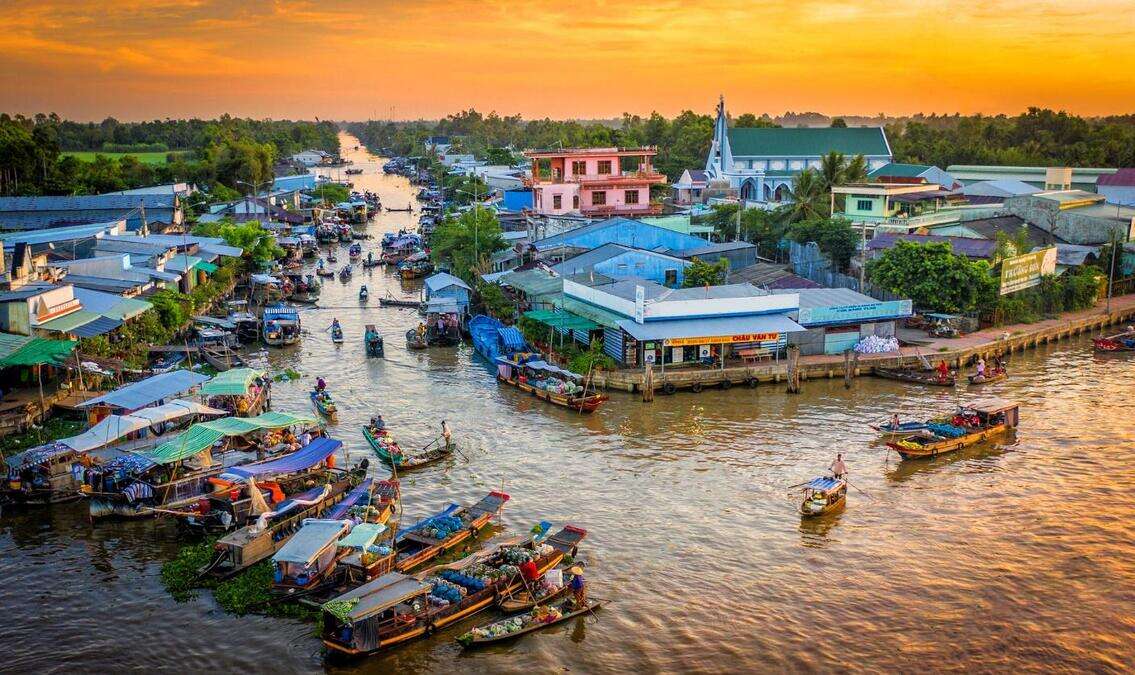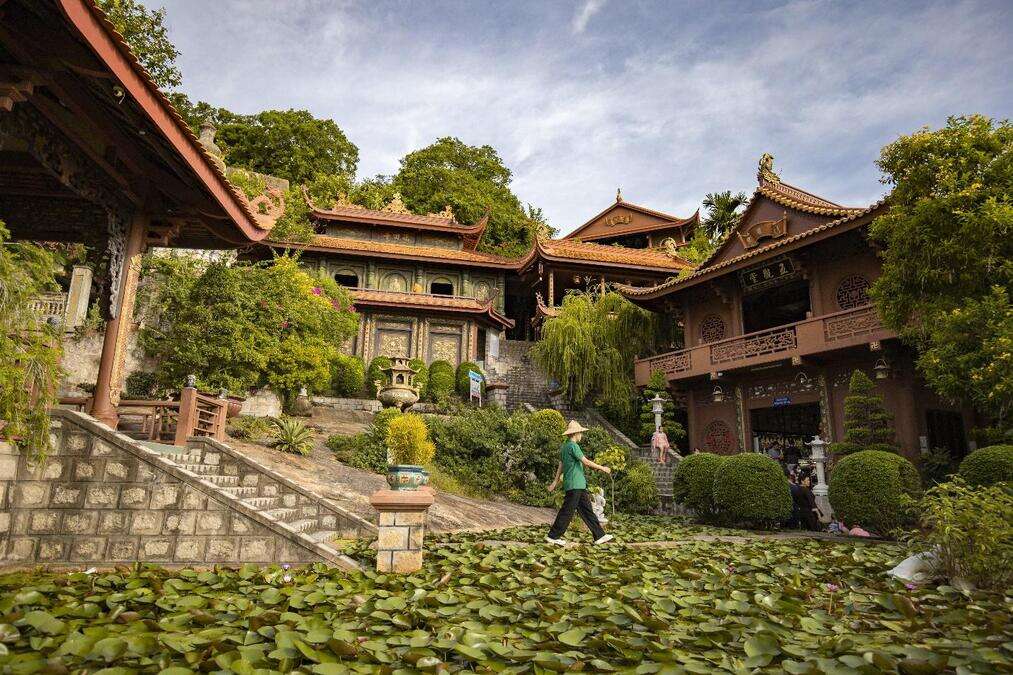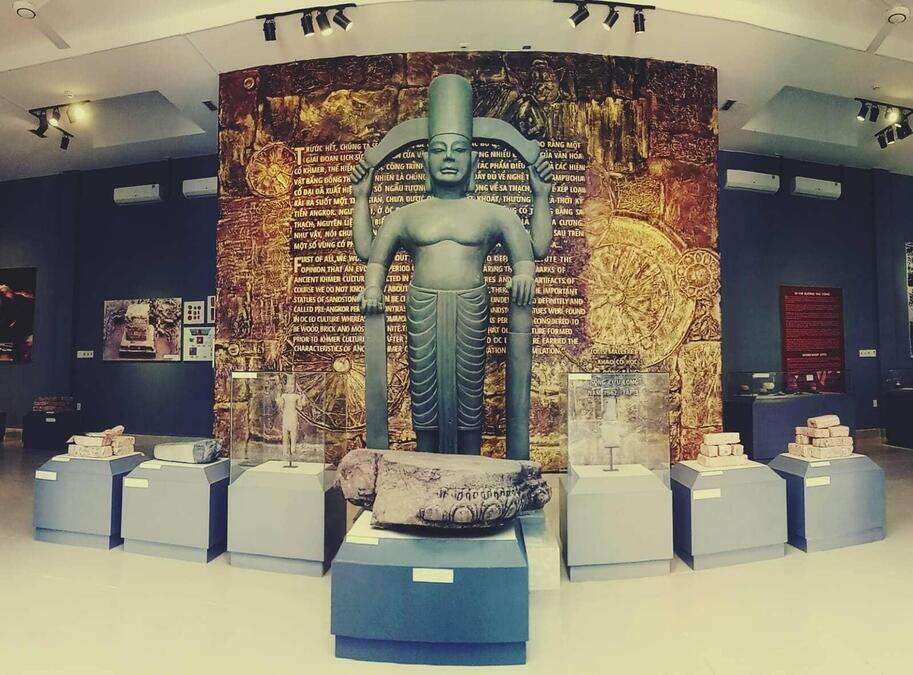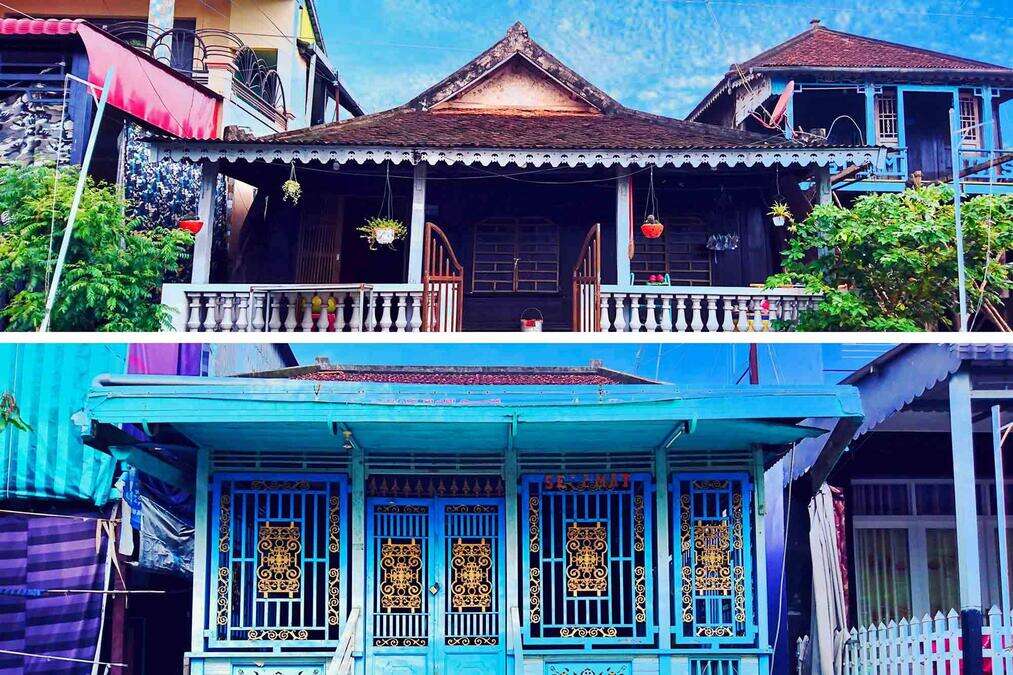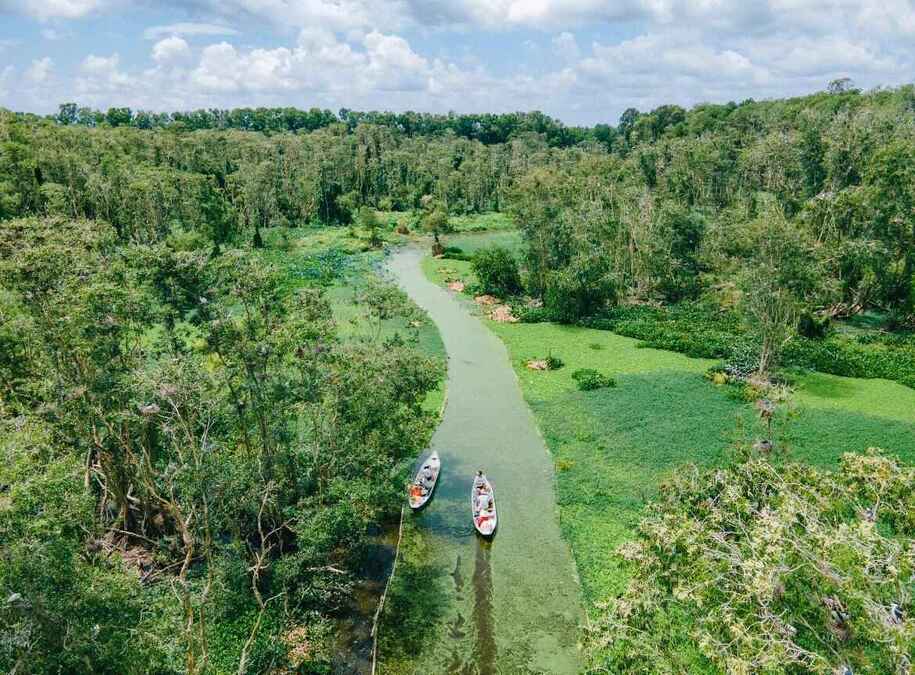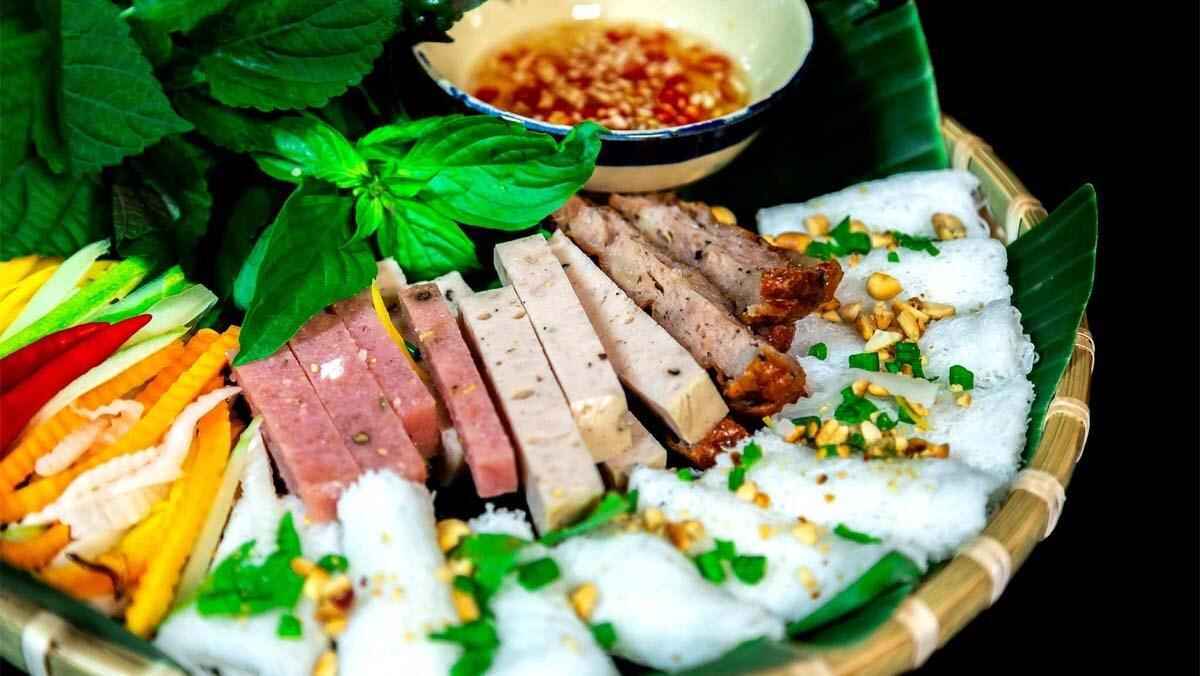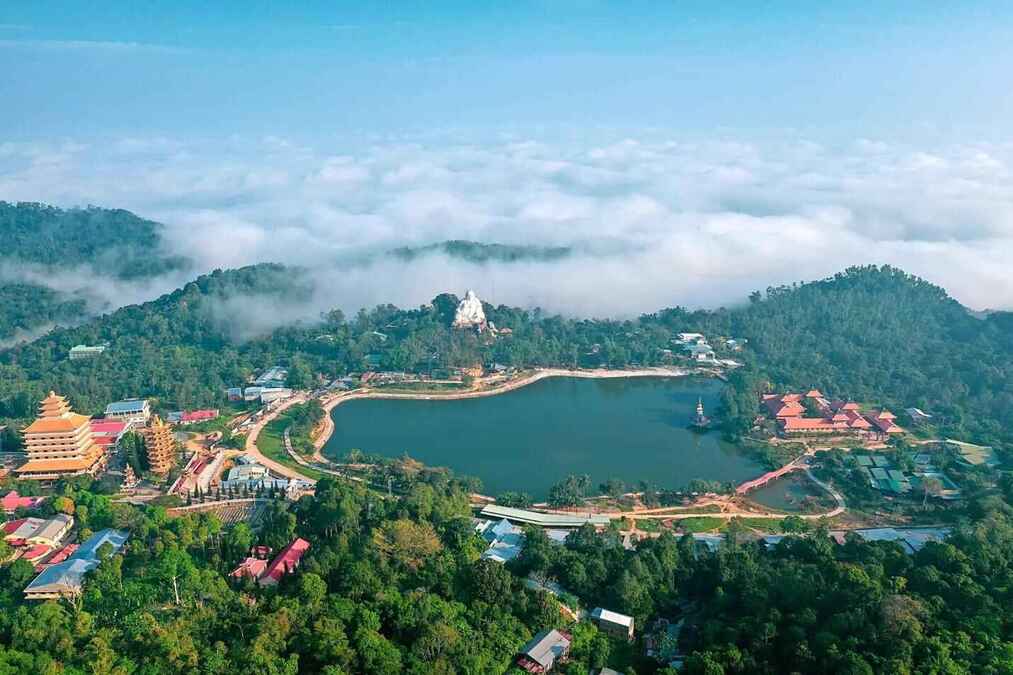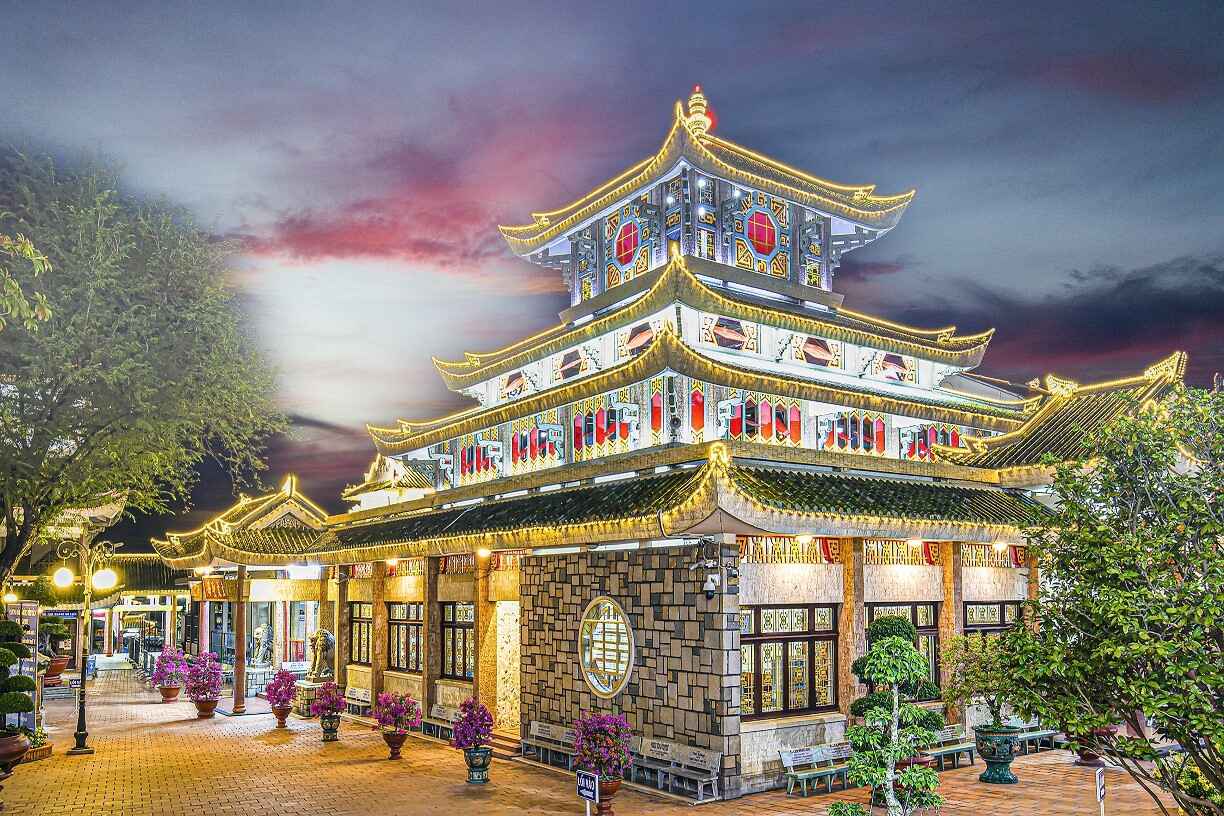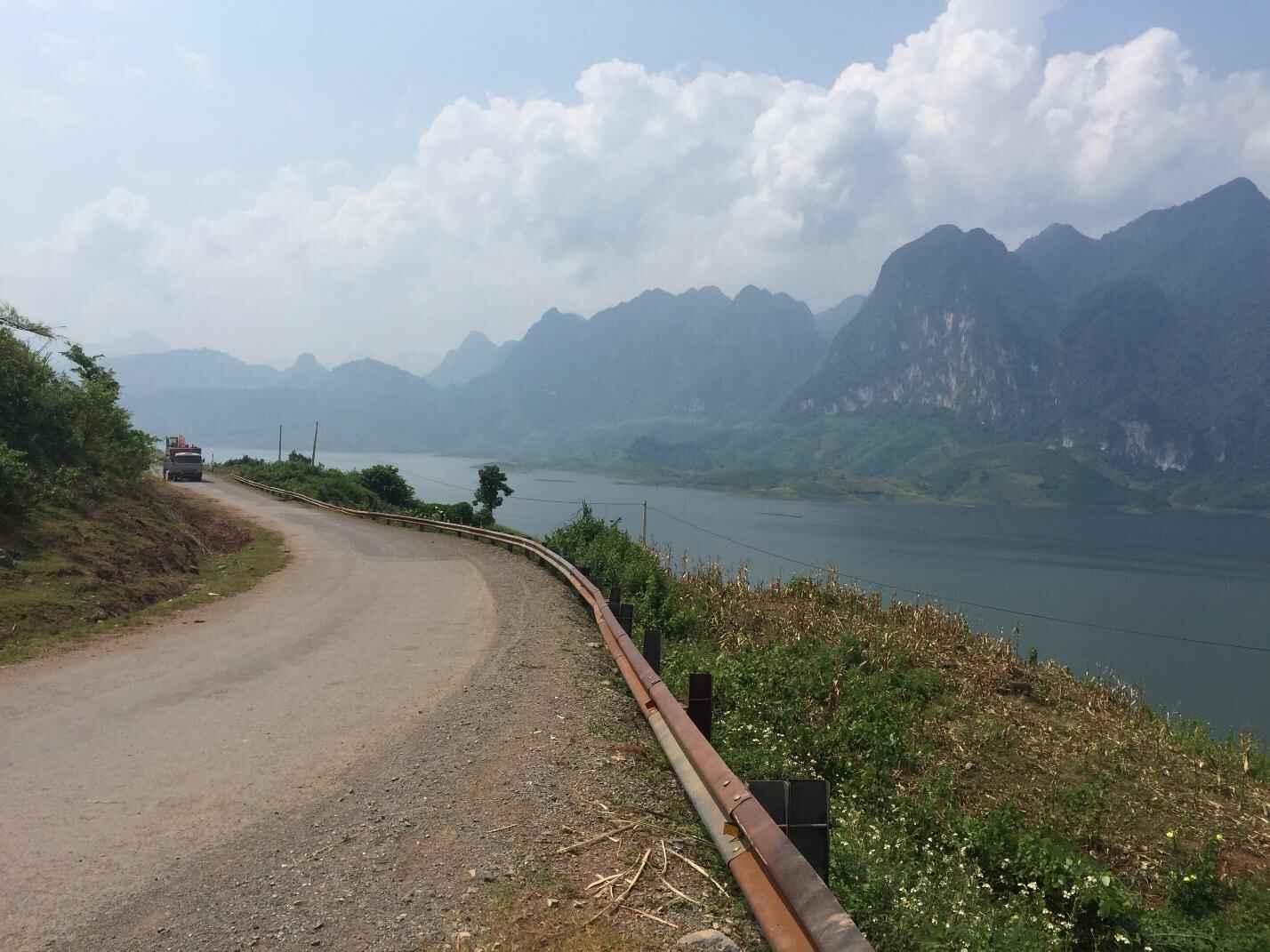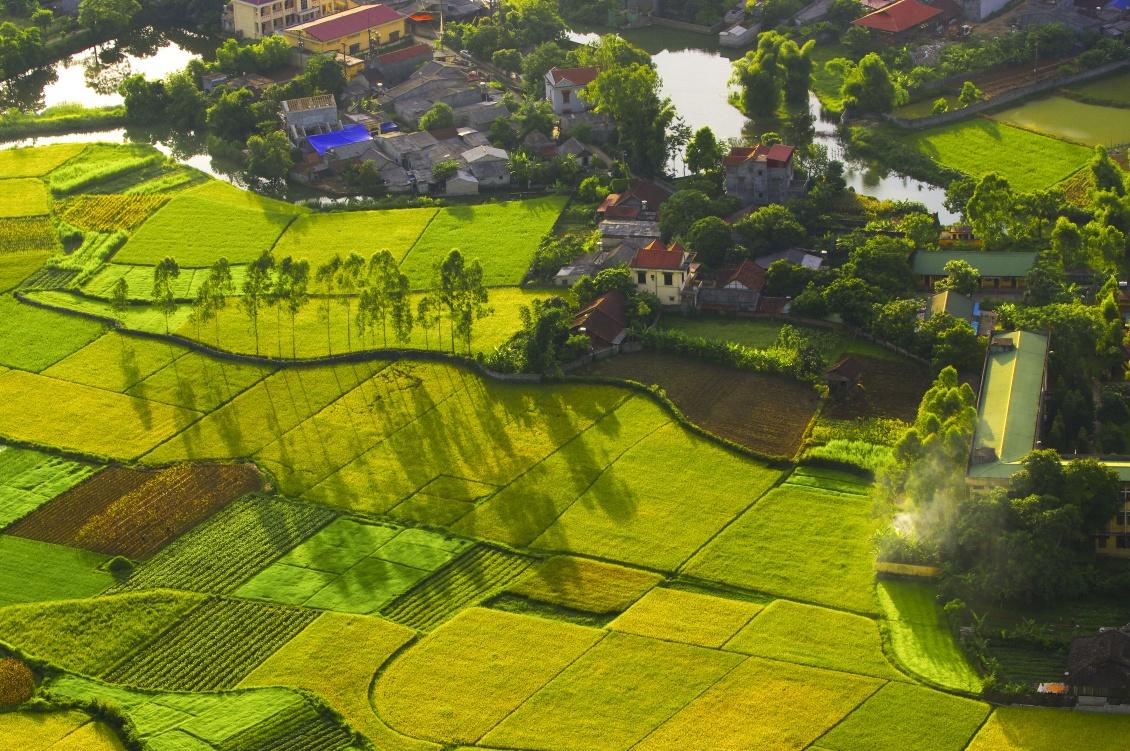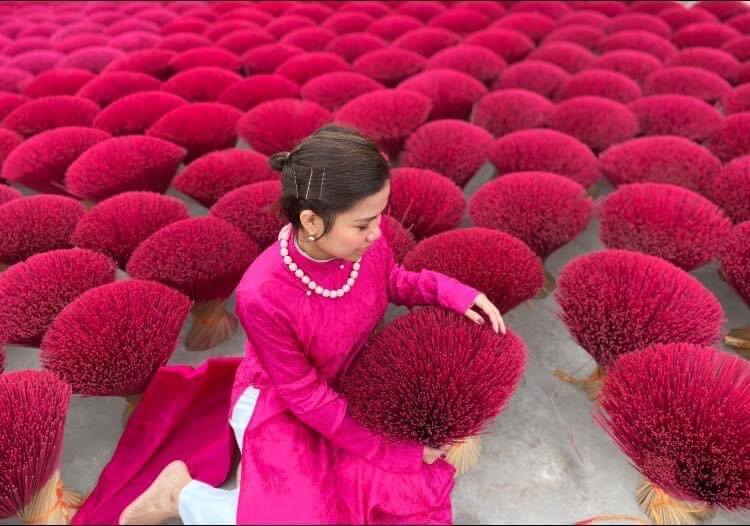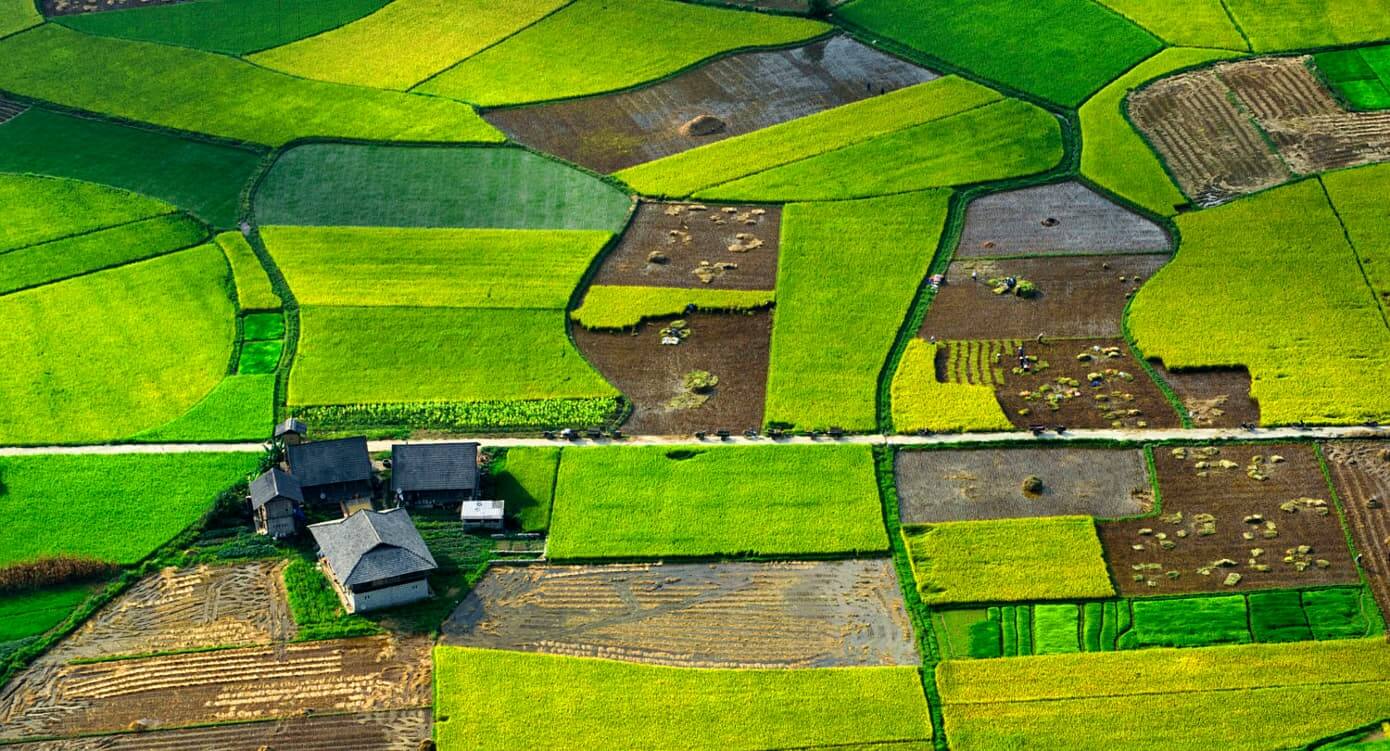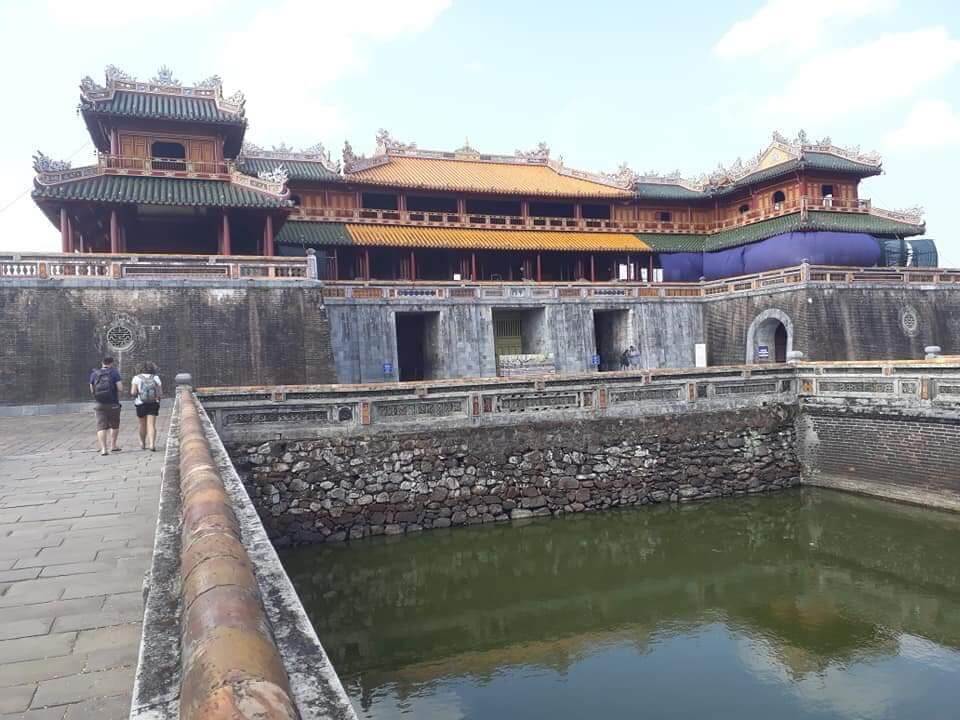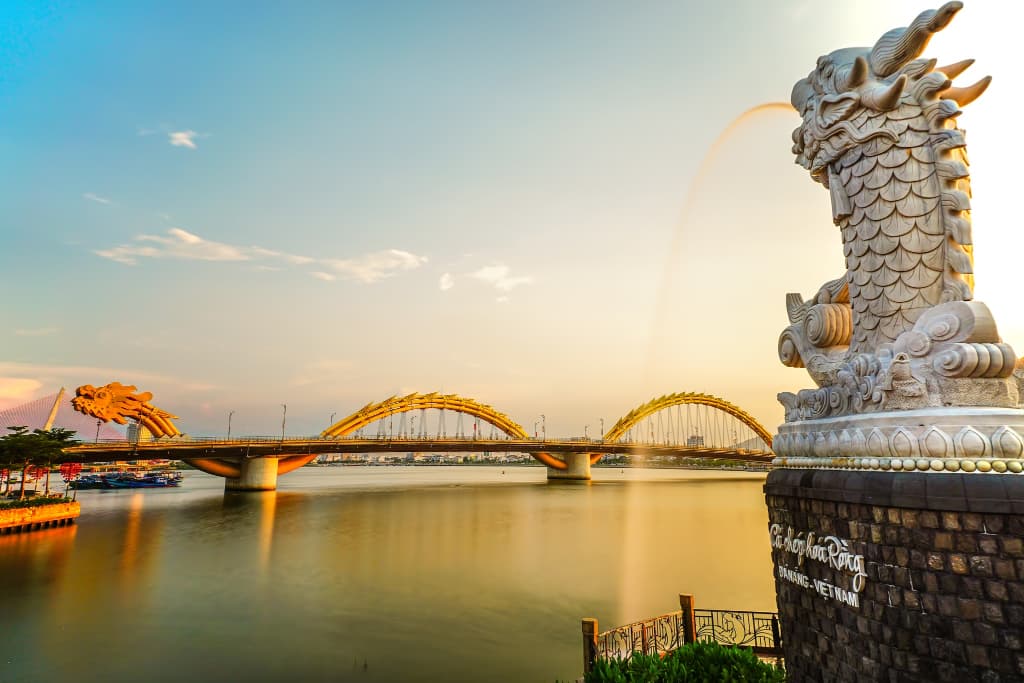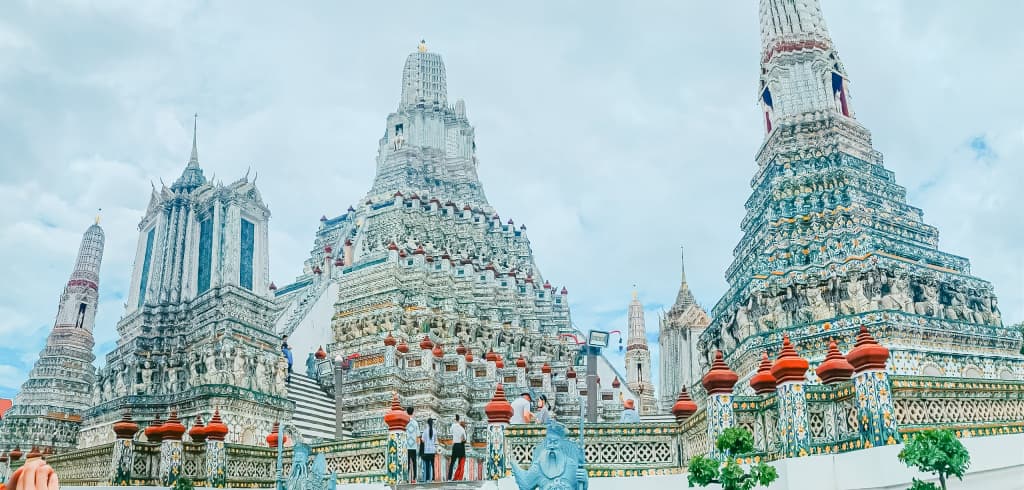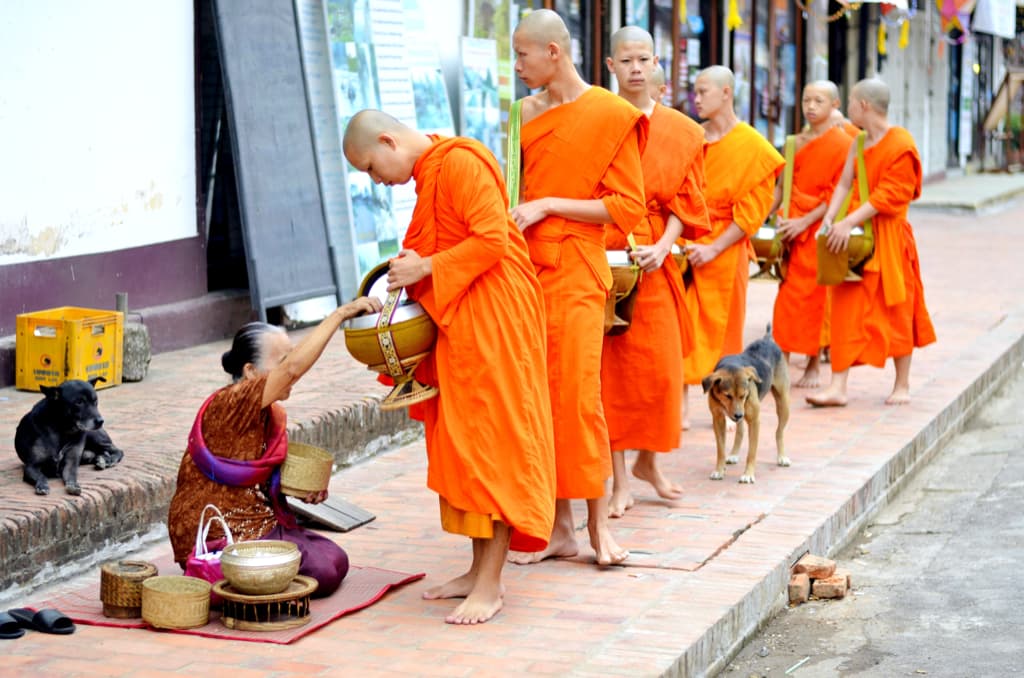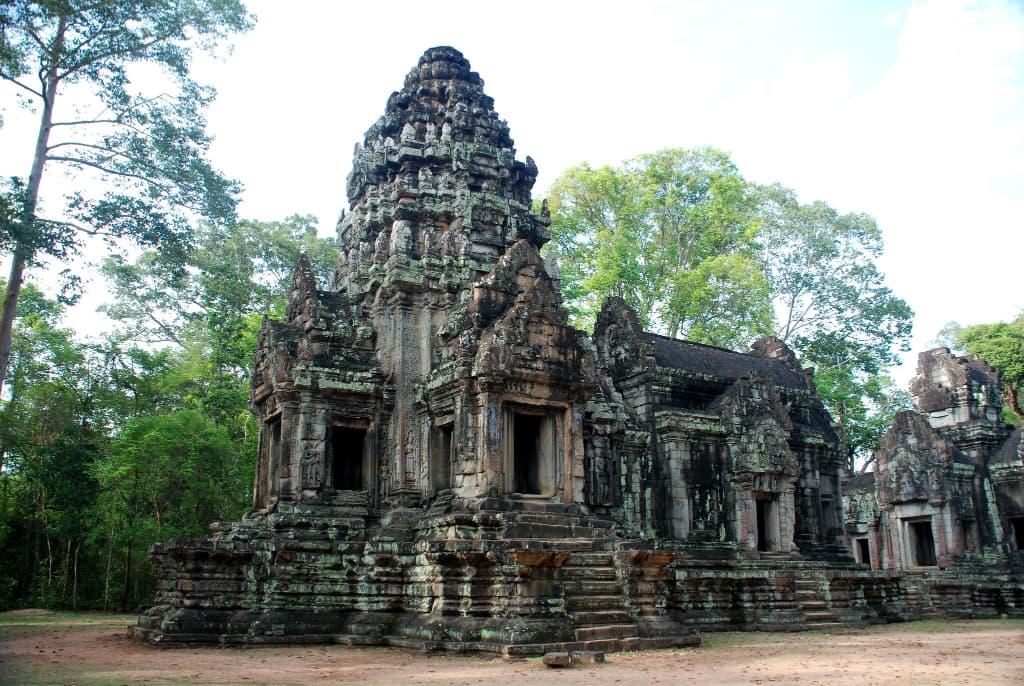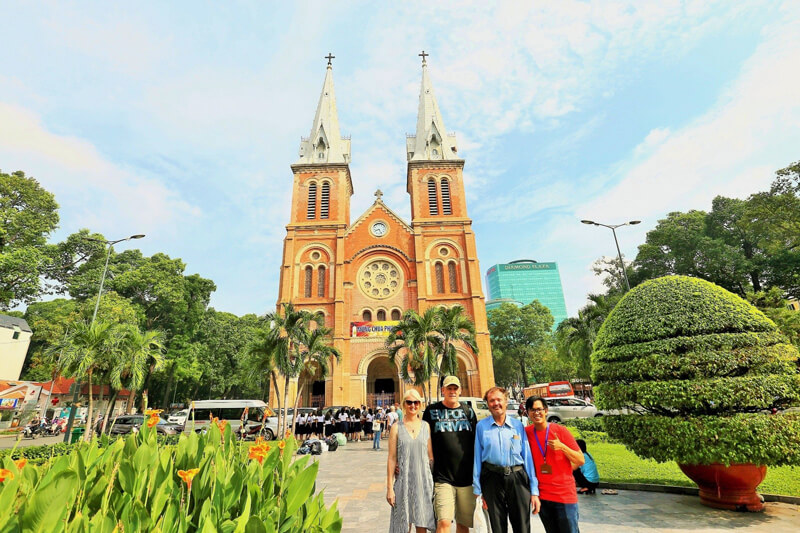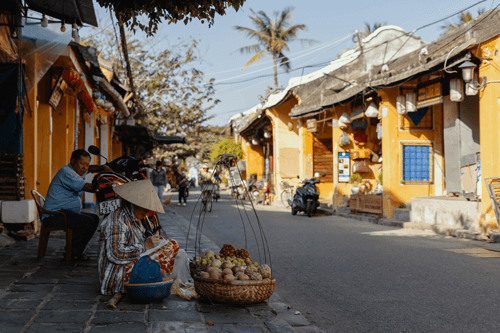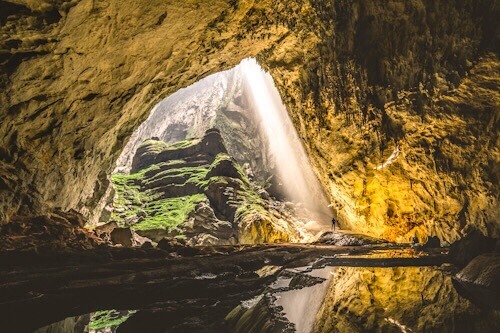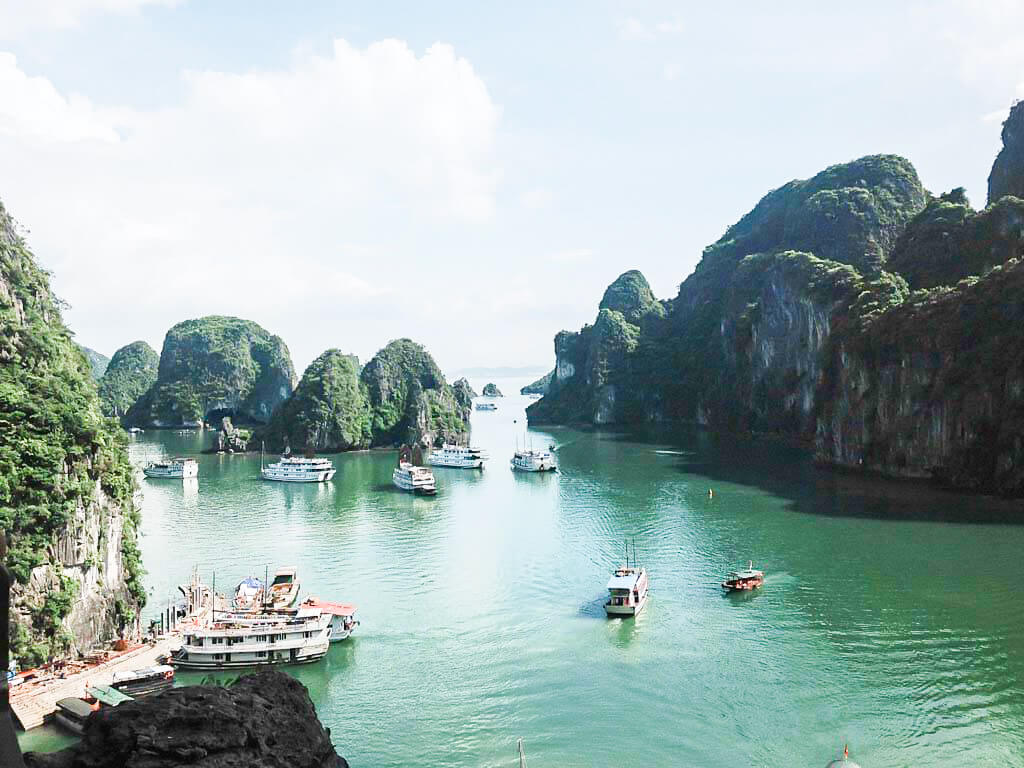Discovering Vietnam's History at the Tomb of Thoai Ngoc Hau
Discover the impressive Thoai Ngoc Hau Tomb, a rare intact architectural work from the Nguyen Dynasty in An Giang. Learn about the life and legacy of the respected mandarin Thoai Ngoc Hau and admire the harmonious design of his mausoleum at the foot of Sam Mountain.
Introduction
In the heart of Vietnam's Mekong Delta region lies a historical gem that offers a fascinating window into the country's past. The tomb of Thoai Ngoc Hau, located near the city of Chau Doc, is a must-visit destination for anyone interested in Vietnam's rich history and culture. Thoai Ngoc Hau was a prominent military leader and government official who played a pivotal role in shaping Vietnam during the early Nguyen Dynasty in the late 18th and early 19th centuries. A visit to his tomb is an opportunity to learn about this influential figure and the profound impact he had on the development of southern Vietnam.
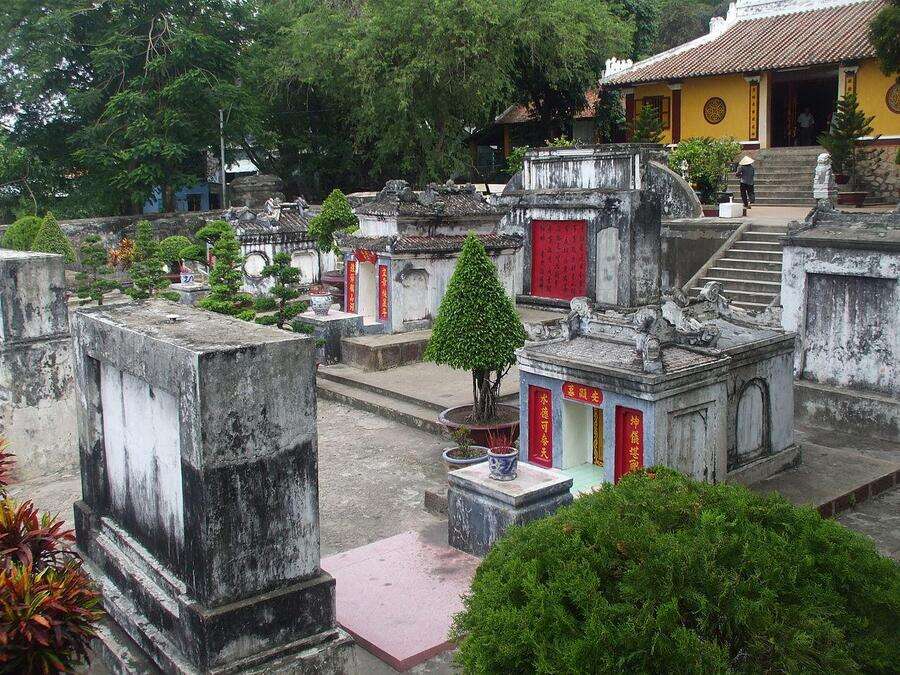
Early Life and Career of Thoai Ngoc Hau
Thoai Ngoc Hau was born in 1761 in Quang Nam province in central Vietnam. From a young age, he showed a talent for military affairs and a strong sense of loyalty. He joined the Nguyen army and became a devoted supporter of Nguyen Anh, the future Emperor Gia Long who was fighting to unify Vietnam under Nguyen rule.
Thoai Ngoc Hau quickly distinguished himself through his bravery, tactical skills, and leadership abilities. He played a crucial role in helping Nguyen Anh defeat the Tay Son rebels and consolidate control over the country. His military exploits and unwavering dedication to the Nguyen cause earned him recognition and respect.
Rise to Prominence
After the Nguyen victory and the unification of Vietnam, Thoai Ngoc Hau was rewarded for his service with promotions to high military positions and the noble title of Marquis. He became one of the most powerful and trusted generals of the early Nguyen Dynasty, with significant influence over military and political affairs.
Thoai Ngoc Hau's rise to prominence showcased his talents not only as a military commander but also as a strategic thinker and nation builder. He understood the importance of strengthening Vietnam's frontiers and expanding Nguyen control over the Mekong Delta region in the south. When Emperor Gia Long needed someone to govern and develop this crucial frontier area, he turned to Thoai Ngoc Hau.
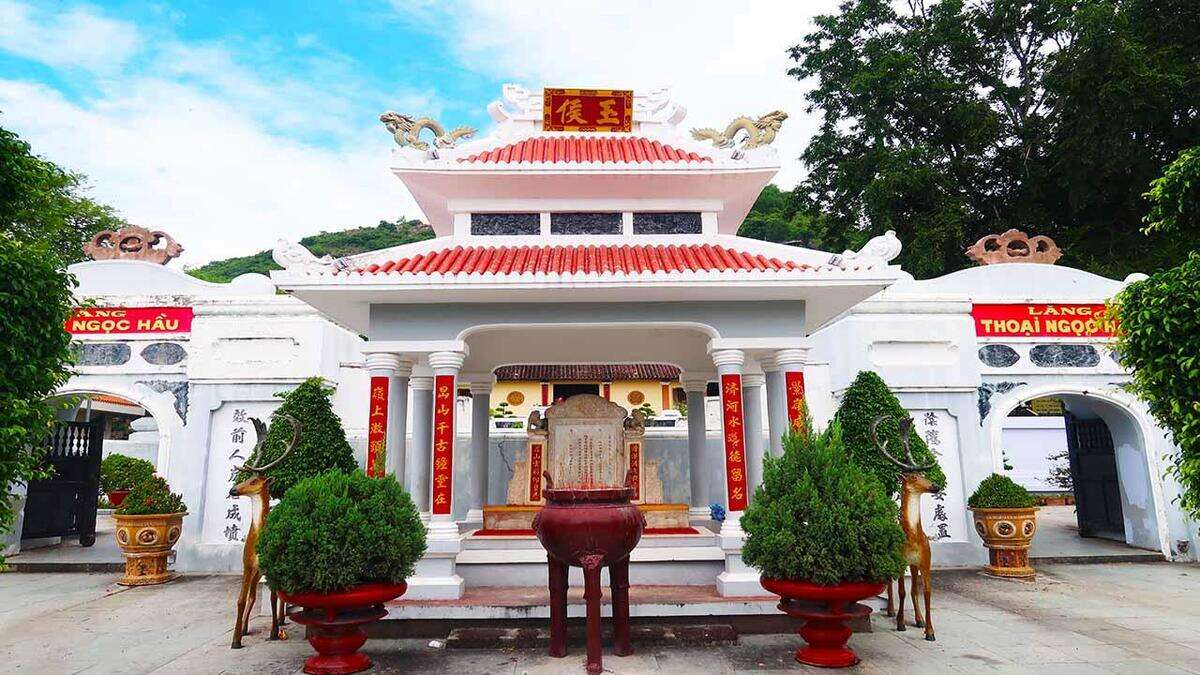
Accomplishments as Governor of Vinh Thanh
In 1817, Emperor Gia Long appointed Thoai Ngoc Hau as the governor of Vinh Thanh, a vast and largely undeveloped region in the Mekong Delta. This appointment was a testament to Thoai Ngoc Hau's abilities and the trust placed in him by the emperor.
As governor, Thoai Ngoc Hau focused on transforming Vinh Thanh into a prosperous and strategically important region for the Nguyen Dynasty. He implemented policies to reclaim land, establish new villages, and boost agricultural production. He also launched ambitious infrastructure projects, most notably the construction of major canals like the Thoai Ha and Vinh Te canals.
These canal projects were a key part of Thoai Ngoc Hau's vision for the development of the Mekong Delta. By improving irrigation, transportation, and communication, the canals opened up new opportunities for agriculture, trade, and settlement. They also had important military and political benefits, allowing the Nguyen Dynasty to exert greater control and influence over the southern frontier.
Under Thoai Ngoc Hau's leadership, Vinh Thanh flourished and became an integral part of the Nguyen realm. His governance showcased his skills as an administrator and his ability to turn strategic vision into practical reality. The policies and projects he implemented laid the foundation for the future development of the Mekong Delta and left a lasting impact on the region.
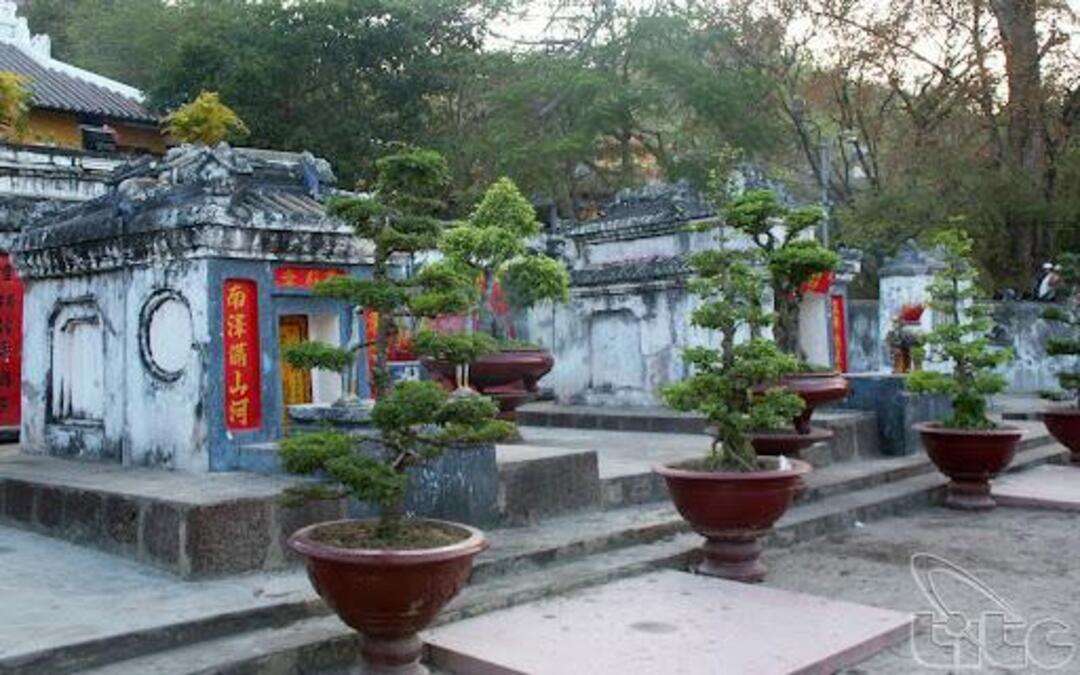
Strategic Vision
Thoai Ngoc Hau's accomplishments as governor of Vinh Thanh highlighted his strategic vision and his understanding of the importance of the Mekong Delta to Vietnam's future. He recognized that the delta, with its fertile lands and strategic location, was key to securing the Nguyen Dynasty's control over the southern frontier and expanding Vietnam's territory and influence.
The canal projects he undertook, like the Thoai Ha and Vinh Te canals, were not just about boosting agriculture and trade, but also about strengthening Vietnam's defenses and power projection capabilities. By improving transportation and communication links, the canals made it easier to move troops and supplies, respond to threats, and assert Nguyen authority over the region.
Thoai Ngoc Hau's strategic vision and his successful efforts to develop the Mekong Delta had far-reaching consequences for Vietnam. They helped to consolidate Nguyen rule, secure the country's southern borders, and lay the groundwork for future expansion and growth. His legacy as a military leader and administrator who understood the strategic importance of the Mekong Delta continues to be remembered and celebrated in Vietnam today.
Death and Legacy
Thoai Ngoc Hau died in 1829 while still serving as governor of Vinh Thanh. His death was a great loss for the Nguyen Dynasty and for Vietnam, as he had been one of the most capable and loyal officials of his time.
Despite his passing, Thoai Ngoc Hau's legacy lived on through the policies and projects he had implemented and the impact he had on the development of southern Vietnam. He is remembered as one of the great generals and administrators of the Nguyen Dynasty, a man whose vision and dedication helped to shape the course of Vietnamese history.
Thoai Ngoc Hau's most enduring legacy is perhaps the role he played in the development of the Mekong Delta. The canals he constructed and the policies he put in place to promote land reclamation, agriculture, and settlement laid the foundation for the delta's transformation into the rich and productive region it is today. His vision and his achievements continue to be celebrated and studied as examples of effective governance and strategic planning.
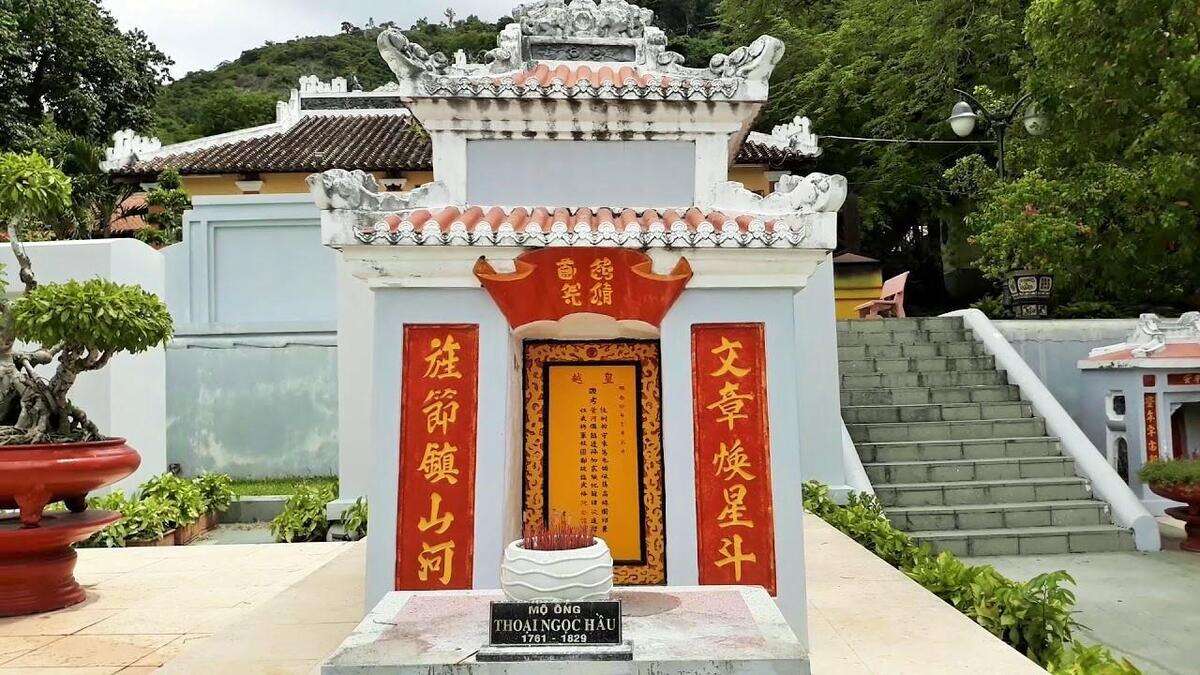
Tomb of Thoai Ngoc Hau
To honor Thoai Ngoc Hau's memory and his contributions to Vietnam, a tomb complex was built for him shortly after his death. The tomb is located at the foot of the scenic Sam Mountain near the city of Chau Doc in An Giang province, in the heart of the region he helped to develop and govern.
The tomb complex is an impressive and elegant structure that reflects Thoai Ngoc Hau's high status and the respect in which he was held. It features traditional Vietnamese architecture, with ornate gates, pavilions, and courtyards arranged in a harmonious and symmetrical layout. The main tomb building houses an altar dedicated to Thoai Ngoc Hau and is a place for visitors to pay their respects and learn about his life and achievements.
The peaceful and picturesque setting of the tomb, surrounded by natural beauty and historical sites, makes it a popular destination for both Vietnamese and foreign visitors. It is a place to contemplate Vietnam's past, to appreciate the contributions of great figures like Thoai Ngoc Hau, and to gain a deeper understanding of the country's rich cultural heritage.
Visiting the Tomb Today
For those interested in exploring Vietnam's history and paying tribute to one of its great historical figures, a visit to the tomb of Thoai Ngoc Hau is a must. The tomb is easily accessible from the nearby city of Chau Doc, which is well-connected by road and river to other parts of the Mekong Delta and to Ho Chi Minh City.
At the tomb complex, visitors can explore the various structures and courtyards, admire the traditional architecture and decorative elements, and learn about Thoai Ngoc Hau's life and times through informative displays and exhibits. The main tomb building, with its solemn atmosphere and ornate altar, is a particularly moving and meaningful place to pay respects and reflect on Thoai Ngoc Hau's legacy.
A visit to the tomb is also an opportunity to appreciate the natural beauty and historical significance of the surrounding area. The nearby Sam Mountain is a popular spot for hiking and offers stunning views over the Mekong Delta landscape. The mountain is also home to several other important historical and cultural sites, including ancient pagodas, temples, and caves.
For me, visiting the tomb of Thoai Ngoc Hau was a fascinating and enriching experience that brought Vietnam's history to life in a tangible and personal way. As I explored the tomb complex and learned more about Thoai Ngoc Hau's remarkable achievements, I gained a deeper appreciation for the pivotal role he played in shaping Vietnam's destiny and the enduring impact he had on the country's development.
Preserving History and Memory
The tomb of Thoai Ngoc Hau is not just a beautiful and impressive structure, but also an important site of historical memory and cultural heritage. It is a place where Vietnamese people can connect with their past, honor their ancestors, and celebrate the achievements of great figures like Thoai Ngoc Hau.
Over the years, efforts have been made to preserve and maintain the tomb complex, ensuring that it remains a vital link to Vietnam's history and a source of pride and inspiration for future generations. The tomb's caretakers and the local community have worked to protect the site, carry out necessary repairs and renovations, and promote its historical and cultural significance.
The enduring fame and respect accorded to Thoai Ngoc Hau in Vietnamese culture and national memory are a testament to the profound impact he had on the country's development and the powerful legacy he left behind. His story continues to be celebrated and studied as an example of leadership, strategic vision, and dedication to the greater good of the nation.
As a visitor to the tomb, I was struck by the reverence and appreciation that Vietnamese people have for their history and for the great figures who shaped it. The tomb of Thoai Ngoc Hau is not just a static monument, but a living embodiment of Vietnam's rich cultural heritage and a reminder of the sacrifices and achievements of past generations.
Conclusion
Visiting the tomb of Thoai Ngoc Hau was a truly unforgettable experience that deepened my understanding and appreciation of Vietnam's history and culture. As I explored the elegant tomb complex and learned about Thoai Ngoc Hau's remarkable life and achievements, I was struck by the profound impact that one individual can have on the course of a nation's history.
Thoai Ngoc Hau's legacy as a military leader, administrator, and strategic thinker continues to resonate in Vietnam today. His vision for the development of the Mekong Delta and his tireless efforts to strengthen and expand the Nguyen Dynasty's control over southern Vietnam laid the foundation for the region's future prosperity and growth.
For me, the tomb of Thoai Ngoc Hau is not just a beautiful and impressive historical site, but also a powerful symbol of Vietnam's resilience, determination, and proud cultural heritage. It is a place where the past comes alive, where the achievements of great figures like Thoai Ngoc Hau can be celebrated and remembered, and where visitors can gain a deeper appreciation for the rich tapestry of Vietnam's history.
As I left the tomb complex and reflected on my visit, I felt a profound sense of connection to Vietnam's past and a renewed appreciation for the sacrifices and contributions of those who came before. The story of Thoai Ngoc Hau and the enduring legacy he left behind will stay with me as a powerful reminder of the importance of vision, leadership, and dedication to the greater good.
If you have the opportunity to visit the tomb of Thoai Ngoc Hau, I highly recommend it. It is a unique and enriching experience that offers a fascinating glimpse into Vietnam's past and a chance to pay tribute to one of the country's great historical figures. Whether you are a history buff, a cultural explorer, or simply someone who appreciates the beauty and significance of Vietnam's heritage sites, a visit to the tomb of Thoai Ngoc Hau is sure to be a memorable and meaningful experience.
#Thoai Ngoc Hau Tomb #Thoai Ngoc Hau Mausoleum #Thoai Ngoc Hau #An Giang #Chau Doc #Sam Mountain #Nguyen Dynasty architecture #Vietnamese history #Mekong Delta attractions #Vietnam tourism #VietnamAmazingTours


